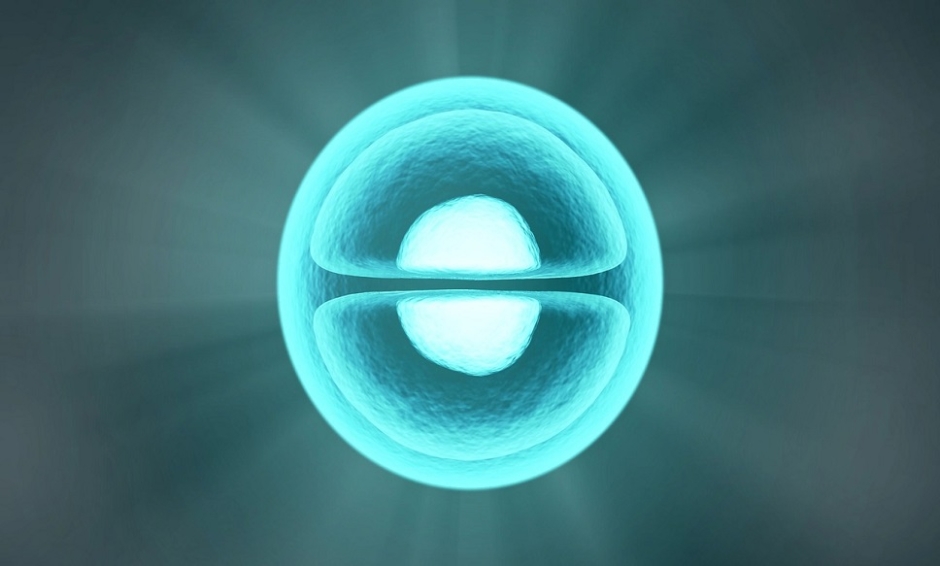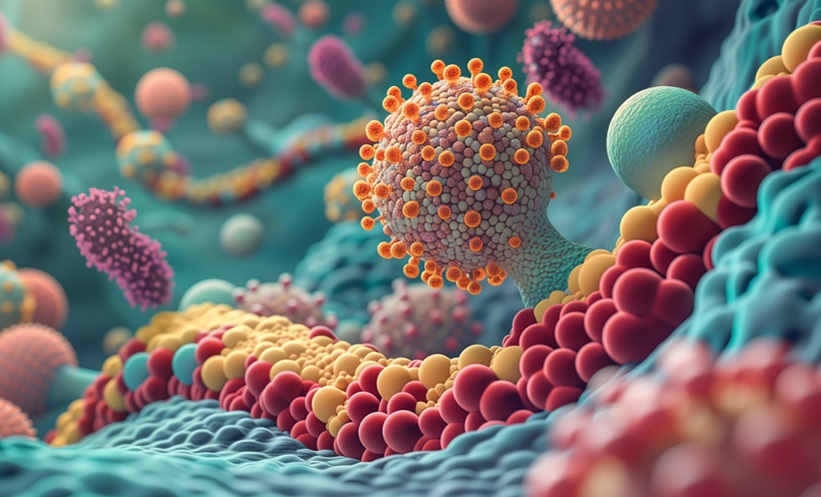LIVER cells have been found to have their own ability to burn accumulated fat, according to Swedish researchers. A new clinical trial has been planned for the treatment of Type 2 diabetes mellitus and hepatic steatosis, building upon a study of 86 individuals with diverse degrees of fatty liver disease.
One of the most common liver problems seen, the collection of fat in the liver is a key component of non-alcoholic fatty liver disease (NAFLD), and is linked with Type 2 diabetes mellitus, cardiovascular disease, insulin resistance, and obesity. Up to 30% of NAFLD patients are likely to develop non-alcoholic steatohepatitis (NASH), with characteristic hepatic inflammation and scarring able to progress into liver cancer and cirrhosis.
All 86 individuals analysed were found to have metabolic alterations as a result of fat accumulation in their liver cells, mapped specifically to each individual by the researchers. These data were combined with a genome-scale model of liver tissue to define the exact changes. Lead author Assoc Prof Adil Mardinoglu, KHT Royal Institute of Technology’s Science for Life Laboratory (SciLifeLab), Stockholm, Sweden, had previously established a connection between NAFLD and low levels of glutathione and antioxidants. By conducting a proof of concept test in humans, a ‘cocktail’ to increase the oxidation of fat and synthesis of antioxidants was shown to burn accumulated liver fat.
To progress these results, the team plans to test an improved variety of substances. Prof Mardinoglu explained: “This mixture can potentially decrease the amount of the fat accumulated in the liver. There is no such drug available at present and we are planning for further clinical trials later this year.”
Co-author Prof Ulf Smith, University of Gothenburg, Gothenburg, Sweden, added: “Considering NAFLD and diabetes are common conditions that regularly coexist and can act synergistically to drive adverse outcomes, such a mixture of substances might also be used in the treatment of subjects with diabetes.”
It is hoped that the determination of the precise metabolic changes induced by fat accumulation within liver cells will provide a direct and potent therapeutic target for the near future.
(Image: freeimages.com)








